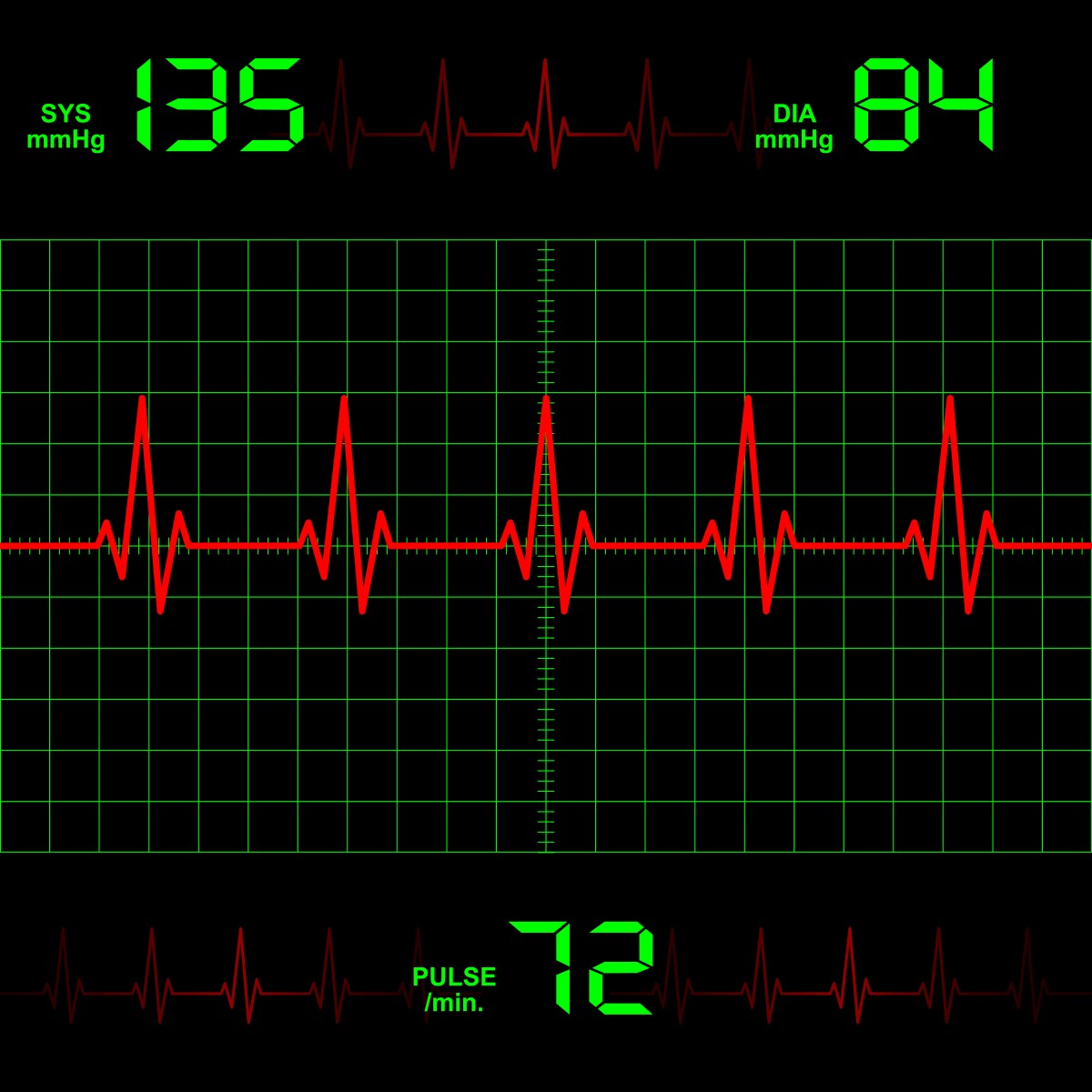
A team of researchers from Australia examined a group of 920 Australian Aboriginals for a period of 20 years and found that the population has elevated waist circumference (WC) and consequently are at increased risk for cardiovascular disease (CVD). The findings were published in the current issue of the journal BMC Public Health.
Aboriginals in Australia are at higher risk of CVD compared to non-Aboriginals. We examined the association between waist circumference and CVD, and developed a model for projecting absolute risk of cardiovascular disease using WC and age in one high risk Australian Aboriginal community.
Cardiovascular disease (CVD) is the second most prevalent condition in Australia, accounting for about 16% of the total disease burden and recorded as the underlying cause of 46,100 and 45,600 deaths in 2009 and 2011 respectively, with recent studies indicating that CVD has a higher impact on Australian Aboriginals than non-Aboriginals.
Among the Australian Aboriginal population, CVD is the leading cause of disease burden and deaths and lists as one of four chronic conditions that accounts for 70% of the indigenous Australian health gap. As CVD is a substantially significant contributor to illnesses, disability and premature death particularly among the Aboriginal group, there is a need to alert them of health risks associated with greater CVD risk among them. This Australian group also has the tendency toward abdominal fat storage, particularly in women, having relatively large WC measurements.
In their study, entitled “Prediction of cardiovascular disease risk using waist circumference among Aboriginals in a remote Australian community,” Odewumi Adegbija and colleagues from the Centre for Chronic Disease in the School of Medicine at the University of Queensland in Brisbane, Australia developed a cardiovascular prediction model by estimation of absolute risk of CVD using different waist circumference (WC) values. The researchers prospectively examined WC measurement in 920 Aborigines without CVD at baseline. Participants were then followed-up for up to 20 years to identify newly-diagnosed CVD events.
Results revealed that after the follow-up period, 156 males and 177 females developed CVD, with an incidence for males and females of 38.3 and 47.2, respectively. The analysis of CVD risk according to WC was 2.9 for males and 3.5 for females, and this associated remained significant even when the researchers controlled for age, smoking status and alcohol drinking status. At 45 years of age with baseline waist circumference of 100 cm, a male had an absolute CVD risk of 32.5%, while a female had a 30.6% risk of the disease.
Based on these results, the researchers concluded that the risk of CVD increased with increasing WC, and the relationship was accentuated with increasing age. Furthermore, their prediction tool was found to provide evidence of the combined effects of WC with age on CVD events in the Australian Aboriginal community.


